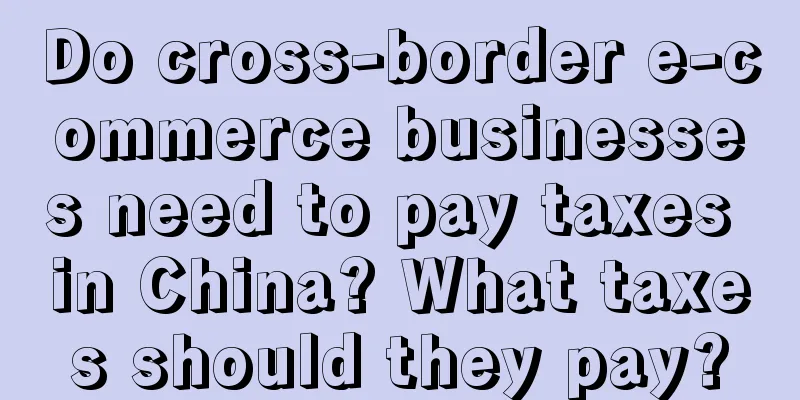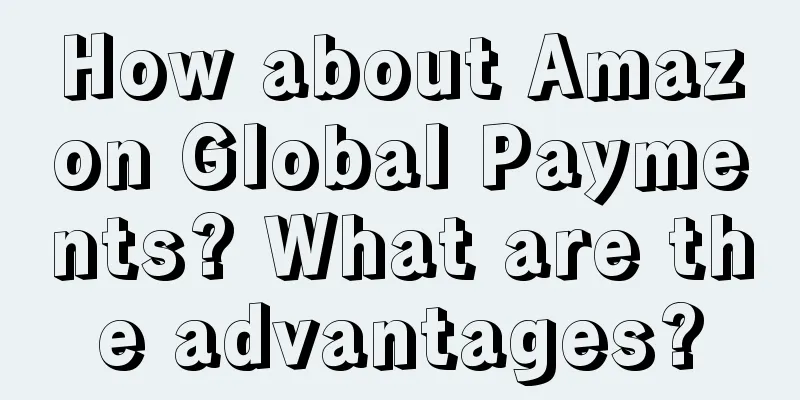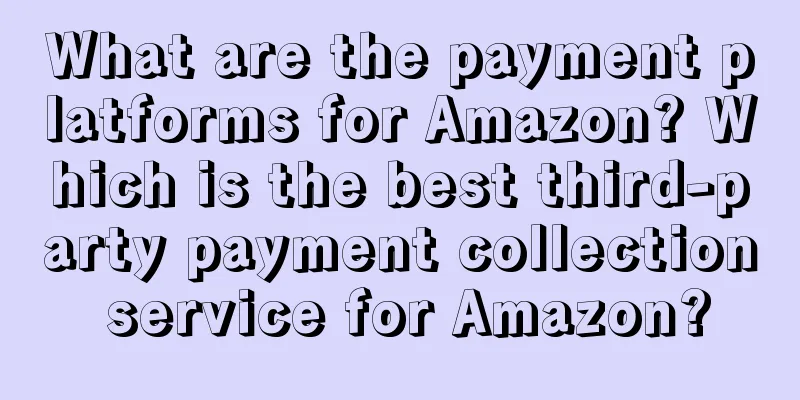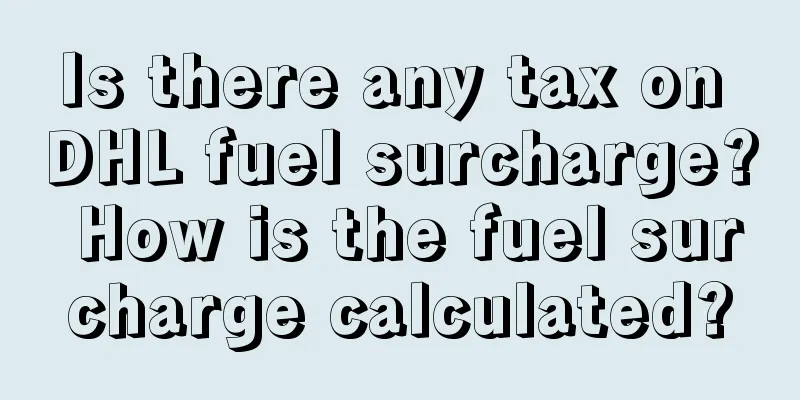Do cross-border e-commerce businesses need to pay taxes in China? What taxes should they pay?

|
With the expansion of cross-border e-commerce, more and more merchants are entering the cross-border e-commerce industry. However, if you want to enter the cross-border e-commerce industry, you must understand the relevant taxes. The most basic one is the tariff. Do cross-border e-commerce companies have to pay taxes domestically? Next, we will explain this aspect to you. 1. Do cross-border e-commerce businesses need to pay taxes in China? Cross-border e-commerce must pay taxes, especially tariffs. 2. What taxes should be paid? 1. Import VAT Import VAT refers to the VAT levied at the import stage, which is a circulation tax. Unlike general VAT, which is the taxable amount for production, wholesale, and retail, import VAT is a special VAT at the import stage. Amazon sellers make sales after paying import VAT to the authorities, and the actual VAT can be deducted from the import VAT (difference tax). 2. Import tariffs Import tariffs are taxes levied by a country's customs on imported goods and merchandise. Amazon sellers are required to pay taxes to the customs of the target country before selling goods, including the value of the goods themselves and shipping costs, which cannot be refunded. The tax rate may range from 0%-20%, and the import tariff rate may be different for different countries and goods. If you arrange tax planning, try to buy in countries that have signed free trade agreements. 3. Income tax Income tax refers to a tax levied by the state on various incomes collected by legal persons, natural persons and other economic organizations within a certain period of time. It is generally divided into corporate income tax and personal income tax. According to the actual operating profit adjustment and multiplied by different income tax rates, e-commerce sales personnel should pay corresponding income tax in the target country or countries according to the different nature of the subject (individual or enterprise). 4. Turnover tax/value added tax (GST) Value-added tax is a tax payable after the sale of goods. Value-added tax refers to the flow tax levied on the value-added tax generated during the circulation of goods (including taxable services) as the tax standard. In the tax calculation principle, value-added tax is a flow tax levied on the added value of different parts of the production, circulation, and service of goods or the added value of goods. A high additional tax is imposed. In other words, consumers bear the value-added tax without value-added tax. Cross-border e-commerce generally pays the above taxes. Merchants need to pay taxes in a timely manner. Do not pay late or not pay taxes. This will bring obstacles to the development of the store. To do cross-border e-commerce, merchants must optimize their stores, abide by platform rules, and improve their competitiveness! |
Recommend
Draw your "ideal customer" in 3 steps: a guide for efficient customer acquisition for B2B companies
In the growth process of B2B enterprises, accurate...
Tik Tok video slicing and selling products has become a new era of micro-business
In the Douyin ecosystem, live streaming slicing is...
Don’t do Mother’s Day marketing! Unless you let “love and gratitude” enter her alveoli
The author of this article talks about many exampl...
Does it take three months of turnover to open a Shopee store? How to run a store?
Shopee is a local e-commerce platform in Southeast...
The most popular words on B station this year are two words
At the end of every year, along with the New Year ...
How did Zara escape the price war?
At a time when fast fashion brands are generally f...
Can wishpb be stopped early? Wish pb operation skills
Wish PB (Product Boost) is a promotional tool on t...
The most profitable brand understands your joys and sorrows
In 2023, more and more brands are focusing on emot...
Falling in love with AI empties my wallet
Did you know that there are already tens of millio...
4 modes, 7 content directions, factory owners can also do a good job on Douyin accounts
Factory owners shoot Douyin videos, which give the...
What are the reasons for Shopee to associate stores? What are the consequences of being associated?
Shopee cross-border e-commerce has been a popular ...
How to check product rankings on Amazon? How to improve rankings on Amazon?
Nowadays, there are more and more merchants openin...
Does Shopee need to set up overseas warehouses? Is it necessary?
Shopee's products are sold overseas. If they a...
Where can I find the best seller on Amazon? What is it?
For Amazon merchants, if they want to run an Amazo...
How can cross-border e-commerce open multiple stores? What should I pay attention to when using joint accounts?
In cross-border e-commerce, many friends want to o...









